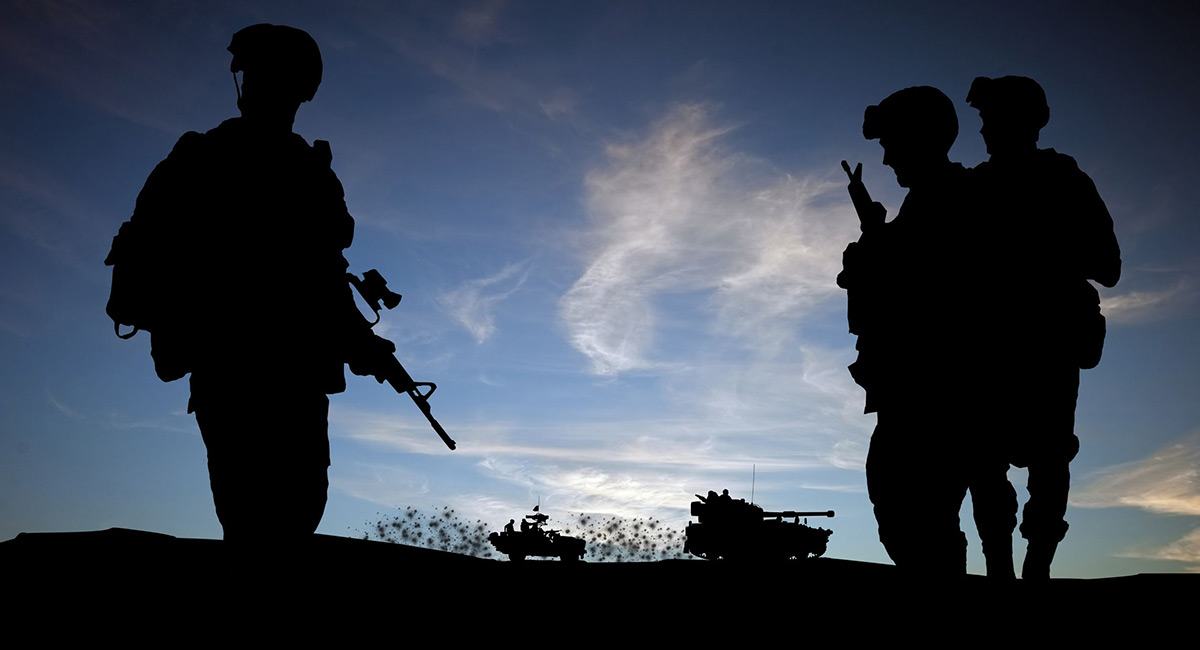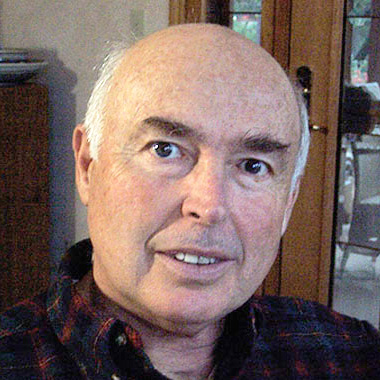Disaster in Kabul having elicited a mass of nearly indistinguishable pile-on commentary by uninformed persons, it may be useful for me, who am all too deeply familiar with U.S. intelligence in general, and who have been involved with the U.S. government’s activities in Afghanistan and regarding terrorism since 1979, to write this memorandum as a record to distinguish between the several “narratives” on the subject, and what we know to be factually true.
Between 1979 and 1985, when I took the lead on Afghan matters for the Senate Intelligence Committee, the CIA had no sources in Afghanistan, and had assigned all of one-and-a-half full-time persons at its station in Islamabad to Afghan matters. None had direct contact with Afghans. When I took two CIA officers to meet with the Mujahedeen, along with a staff delegation, they were the first to have any contact. But the Agency’s ignorance of the place did not prevent it from being a major player in U.S. policy. That did not change until, after 2001, the CIA flooded the place with its usual “official cover” parroters of “narratives.”
Who was Osama bin Laden? Did we arm him? What importance did he achieve, and how? During the Soviet occupation, bin Laden was merely a rich man’s son whose money and Islamic passion led some 200 men to join the fight. He called the group al Qaeda, “the base.” They never fought any significant action. Nor did they ever get weapons from the U.S./Saudi program administered by Pakistan. The Pakistanis were partial to the Pashtun groups they controlled and from which the Taliban emerged. The U.S., including Congress, made sure that the Tajiks and Uzbeks got at least some arms, especially Ahmed Shah Massoud and Sibjatullah Mojadedi. The latter briefly became president.
As the Soviets were leaving in 1989, the Afghan authorities expelled bin Laden, and other “Afghan Arabs” they did not control, mostly back to Saudi Arabia, where they had zero influence. Come Saddam’s brief 1991 invasion of Saudi territory, bin Laden made himself ridiculous by asking the king to use his little band to drive back the Iraqi army. The ensuing rebuff, coupled with the stationing of U.S. troops in Saudi Arabia, turned bin Laden into a critic, then an enemy of the regime, which quickly expelled him to Sudan. During the early nineties he searched for international relevance and support, developed hate for the U.S. along with the Saudi regime, and became a bother for the Sudanese.
In 1996, three things happened. Bin Laden issued a fatwa (for which he had no authority) against principally the Americans, ostensibly for occupying the Kingdom, but mostly stressing the injustice that America had done to Saddam in 1990 and 1991. At the same time, he got lots of money, apparently from Saddam. He also took into al Qaeda an existing group of professional Baluchi warriors who previously had served under Khalid Sheik Mohammed, who had already gained notoriety for a failed plot to explode airliners over the Pacific. Note well that, prior to taking on this group, al Qaeda had not accomplished any of the things for which it became notorious thereafter. Finally, the Sudanese expelled bin Laden and his men. They traveled back to Afghanistan, on a Russian airplane.
In Afghanistan, al Qaeda were guests of the Taliban faction that, by then, had taken over the Pashtun/Pakistani franchise. Whatever bin Laden’s interests may have been, the Taliban had only one: their war against the Tajiks/Uzbeks. They employed al Qaeda for that purpose, but apparently not the small Khalid group.
On September 12, 2001, CIA director George Tenet delivered a summary judgment: Bin Laden and al Qaeda had “done” 9/11, “game, set, and match.” But this statement, basis as it has been for two decades of ‘war on terror,” is factually empty. What we surely do not know about who did what to make 9/11 happen is more than what we know. Nearly all of what most believe consists of a mixture of the U.S. government’s competing narratives, unverified.
We don’t even know the identities of most of the hijackers. We do know that they were not who their passports say they were, because the passports turned out to have been stolen. Who were the men who carried them? Mohammed Atta ran the operation. But who recruited the hijackers? On what basis? Apparently, Khalid Sheik Mohammed had a lot to do with the whole thing. What was his relationship with Atta? He has confessed to a lot—almost none of which is verifiable. We don’t know where he got the money. Though what was left over from the operation was ostentatiously returned to an open al Qaeda account, its provenance is hidden beyond our sleuths’ capacity to discover. What bin Laden had to do with 9/11, or what he might have known about it, is purely a matter of speculation. Though never averse to boasting, he never claimed credit for the attack. The Taliban? The most serious imputation against them was that they refused to turn over bin Laden.
And what roles did anyone in the Saudi and Iraqi governments play? This was the great subject of bloody bureaucratic controversy within the U.S. government, as each of its several parts tried to protect its foreign favorites from the American people’s ire. The intelligence agencies, given the utter poverty of their sources—the majority of which came from the intelligence services of these very governments—had little to contribute but their own narratives. They also placed what little they knew about these bureaucratically sensitive matters behind high security shields, where it remains to this day.
And so the official U.S. narrative came to be that 9/11 was the work of rogue religious extremists, made possible by active support from the Taliban. Foreign regimes had nothing to do with it, except the Taliban, just by virtue of tolerating extremism. Never mind that Khalid Sheik and his associates were professional hired guns, who had lived the opposite of religious lives, and that the Taliban were and remain based primarily on ethnicity and support from Pakistan.
In November 2001, the U.S. government waged war on the Taliban. After three weeks of embarrassingly stupid bombing, it lent air assistance to the Tajiks/Uzbeks, who quickly defeated the Pashtun. These eagerly turned over to the winners every al Qaeda associate they could find. Much was made at the time that bin Laden was not among them. Had he been found, U.S. government spokesmen would have been asked if they believed that his capture or death had solved America’s problem with terrorism; the ensuing discussion would have been interesting.
As it was, George Tenet’s (and President Bush’s) idiotic premise got another two decades’ lease on life. The U.S. government went on to occupy Afghanistan and Iraq. To accomplish what, precisely? Each set of rationales was stupider than the others. “We’ve got to fight them over there so we don’t have to fight them here.” Meaning that “the terrorists” had agreed to fight the U.S. Army, Marines, and Air Force instead of coming to feast on helpless American civilians in Wisconsin. “If we give them democracy, they will turn peaceful.” But the U.S. government did everything in its power to prevent the local factions’ actual will from manifesting reciprocal hate.
The U.S. occupation of Afghanistan and Iraq never stopped local factions from pushing their agendas by war. The U.S. government merely put Americans in the line of fire between them. What did the U.S. think that it was doing? Because the official narratives did not actually shape what the government was doing, they are not to be taken seriously.
What did the U.S. government actually do in Afghanistan and Iraq? Only the things it really cares to or knows how to do—namely, richly to hire its favorite people to try reshaping mankind in their own image. Since WWII, whether in the name of anti-communism, anti-terrorism, democracy, or humanitarianism, it’s always the same: dismiss the substance of local quarrels; recast the local scene in terms of American elites’ concerns; find locals who agree, and form “coalition governments” that, supposedly, represent the people’s aspirations, regardless of what these might be; send in the American experts on everything from education to women’s rights, with their recipes and their billions of dollars; and treat as terrorists any locals who disagree strongly.
Of the many reasons why this formula has always produced rejection, one is enough to explain the rest. The U.S. formula is purely administrative and even mercenary. It is without soul, wholly abstracting from traditions and affections, never mind from religion and systems of justice. Over the globe, through millennia, people have come together on a bewildering variety of bases. Seldom has mere administration served that purpose, even if competent, especially if by foreigners, and especially if in contradiction to customs.
Afghanistan is a geographic-historic expression for a variety of tribes, each with a way of life peculiar to itself. Islam notwithstanding, Afghanistan has never had a common ethical system. Same goes for Iraq, and most places. Some of these ways strike us as bellicose, others as disgusting. Justice meted out in accordance with these tribal codes repels us. However, it appeals to persons brought up in these tribes just as undeniably as lack of an explicable locally attractive ethical system repels them.
In Afghanistan as elsewhere, the U.S. government has hired a lot of people and spread around a lot of money to service the even more expensive services of well-connected Americans. But that money has not bought allegiance to any ethically or politically binding enterprise because it has not offered any—any more than it did in Vietnam, in the Middle East, or in Africa. Or in America itself for that matter.
Perhaps the only useful result of the Afghan enterprise’s clamorous collapse, at a time when so much else that our ruling class is doing also collapses of its own weight, is the widespread recognition that we are not seeing the results of discrete choices about foreign policy. We are experiencing the inexorable working out of the logic by which a whole class lives, moves, and has its being.








